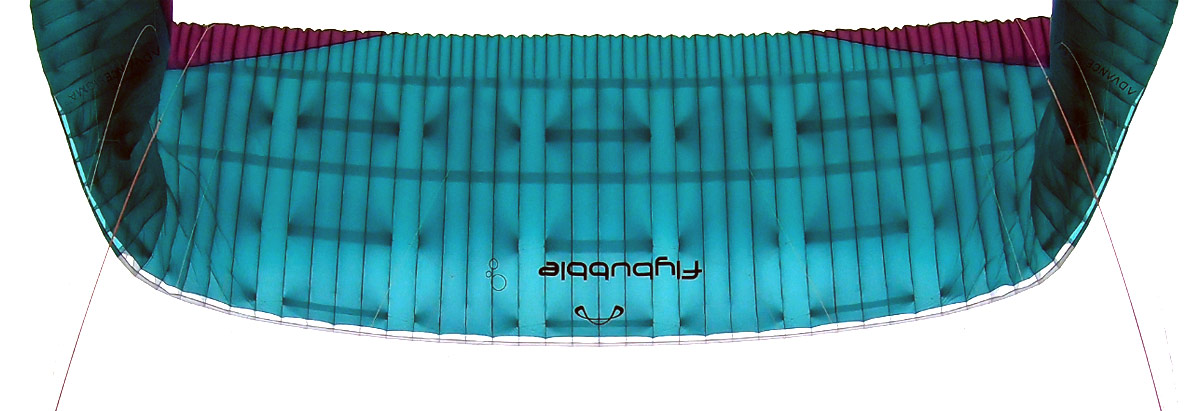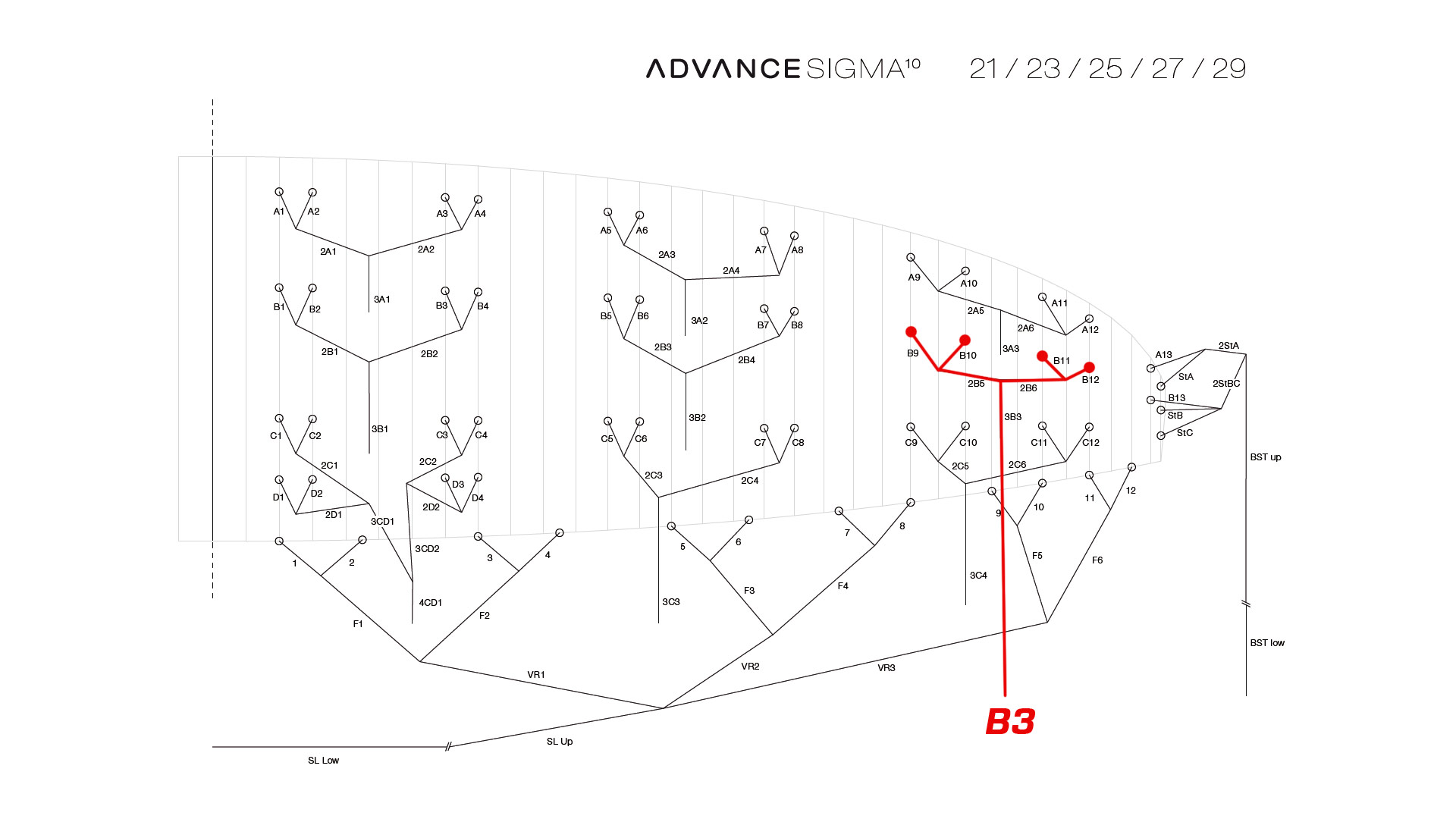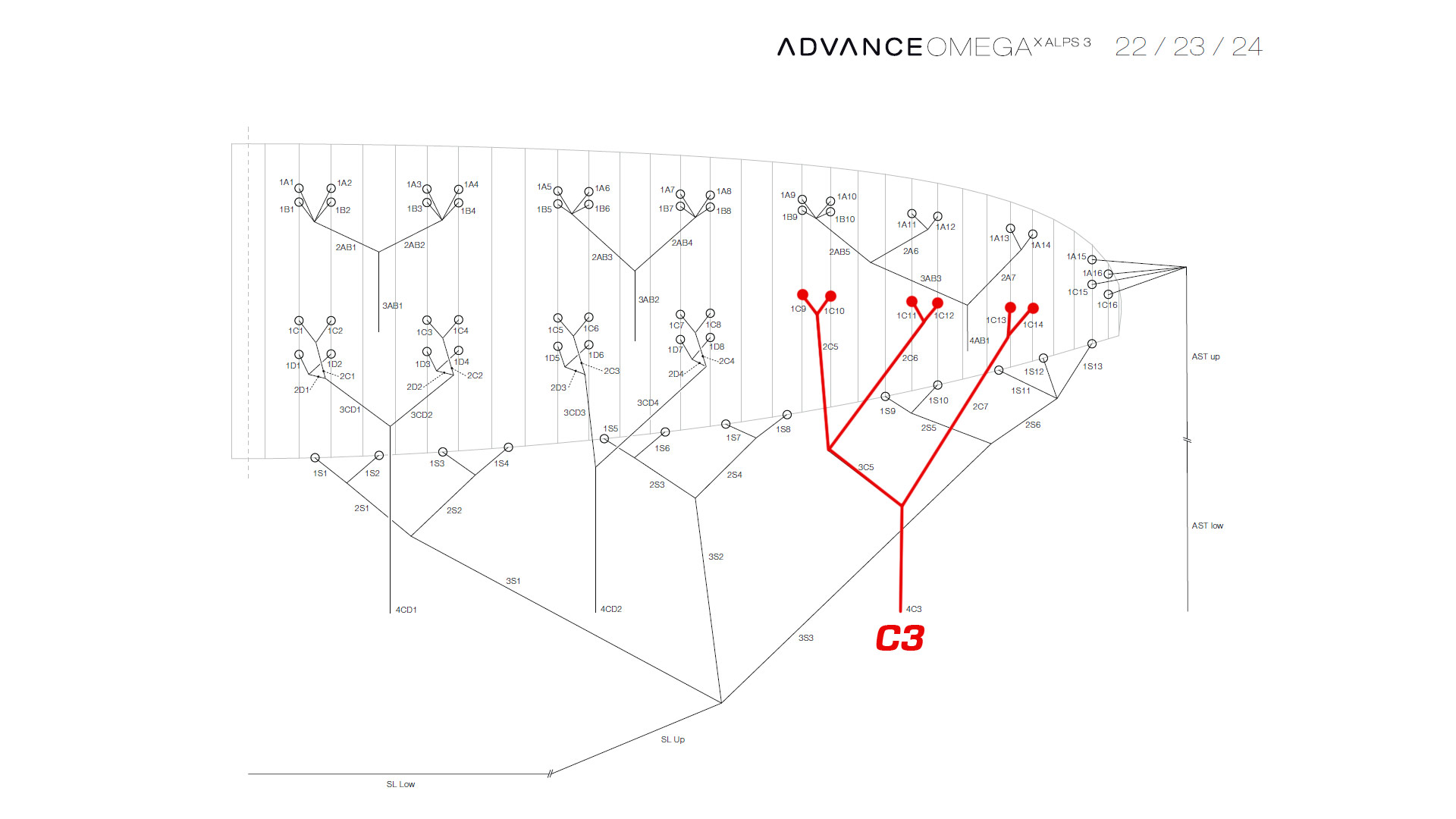
Tip Stalls (B3/C3) are a relatively new descent technique that not many pilots know about. It is an effective alternative to Big Ears, but only on some wings – it depends on the wing design. It relies on the outer B or C line stack being in just the right position to create a neat stall that gets swept back in the wind.
The first thing to state right up front is that you need to test this on the ground first. It may be completely unsuitable for your wing, and if you pull the wrong line you can induce the wrong kind of stall which could produce a cascade of hair-raising and dangerous reactions. So only consider doing this for the first time under the watchful eye of an SIV instructor.
You might see it on the internet and wonder what it is, and be inspired to Do It Yourself. Here’s the knowledge so you can decide if it makes sense for you.

Why would you do this?
As with the Big Ears manoeuvre, you want to descend faster, but you also want to retain your forward speed. Perhaps you’re ridge soaring and the orographic cloud is threatening to swallow you up. Perhaps you’re approaching to topland in strong wind and you want to get rid of some pesky lift.
Some wings produce an unstable Big Ears descent, where the tips flap in and out, fighting to reinflate. Other wings might be difficult or unreliable to reinflate, having the tendency to get stuck in the lines.
The advantage of Tip Stalls over Big Ears is that this produces a very clean tip shape (swept wingtips) that is very stable, and it reinflates with precise control and without any doubt, because the wing is pulling against your hands all the time and you can ease up very slowly.

How do you do Tip Stalls?
Identify the outer B line on your wing. Not the stabilo line that will be attached to the wingtip. Not anything to do with the A lines running nearest to the leading edge. And usually not the rear lines near the trailing edge, although on most 2 liner wings this will be the ones to pull (sometimes labelled C3). Have a look at the two diagrams: above for the Sigma 10 (EN C) and below for the Omega XALPS 3 (EN D). Some EN B wings will do this, some C wings. Some wings will not.

Pull the B3/C3 as you would for a Big Ears line. Reach up with your thumbs pointing downwards, pull down symmetrically at the same time on both outer lines (left and right) and keep pulling hard down until the wingtips blow straight back in the wind. If you pull too much, the fabric will start to flap and the tip becomes unstable. There is a balance point where it will stay settled.
Then push out on the speedbar, at least to half bar position, to reduce the angle of attack and so increase your stall tolerance. You can comfortably go to full bar with this technique.
You will need gloves to do this, the lines have a lot of pressure.
Is Tip Stalls better than Big Ears?
For most pilots, Big Ears is a simple descent technique and is completely adequate. There is usually less pressure on the outer A lines than you will encounter on the outer B’s, so it is less physical to do Big Ears. And most pilots are familiar with Big Ears. In an emergency situation, go with what you know.
But for more experienced pilots, who have time to train and perfect the technique, it is a great alternative on some wings and can produce a more stable higher descent rate with more dependable and instant reinflation.
B3/C3 video
Check out our demonstration of the Tip Stall manouevre and decide for yourself
Brought to you by Flybubble
Like what we do? The best way to thank and support us is to buy gear from us and recommend us to others. Review our service on Trustpilot and our products on Flybubble Shop. You can also subscribe to Flybubble Patreon. Thank you!

